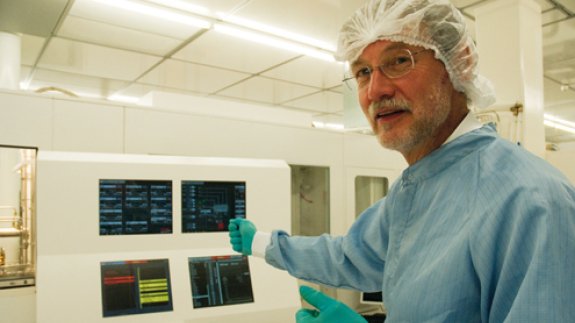Solar power could become twice as efficient by employing nanotechnology.
That’s according to researchers led by Professor Bengt Svensson at the University of Oslo (UiO), who say by combining two different types of solar cells, much more sunlight can be captured.
Around 99% of existing solar cells are made from silicon and only utilise 20% of sunlight, mainly from the red spectrum.
The world record is 25% but these solar cells are laced with rare and toxic materials.
The new solar cells will be made up of two energy capturing layers.
The first layer will still be composed of silicon cells but a second layer, made of copper oxide nanoparticles, will capture the light waves from the blue spectrum of sunlight, which are usually not absorbed.
Researchers claim with this combination, new panels could utilise up to 40% of the sunlight and work effectively even in regions where the sun is low on the horizon, such as Scandinavia.
The cells are being developed as part of the European research project Solhet.
Professor Svensson said: “These are going to be the world’s most efficient and environment friendly solar cells. There are currently solar cells that are certainly just as efficient but they are both expensive and toxic.
“Furthermore, the materials in our solar cells are readily available in large quantities on Earth. That is an important point.”
Google recently unveiled a new tool to calculate the solar viability of rooftops.





